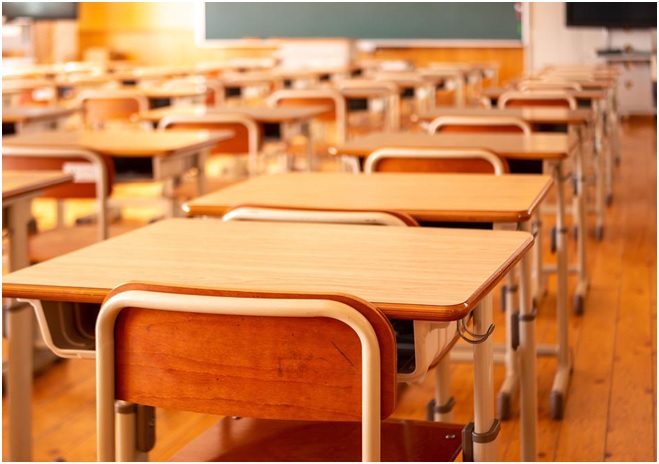How do you develop cooperative learning in your classroom?

- Arrange big debates
Debates are the main melting pots of brilliant and path-breaking ideas. Try to engage your teachers as able moderators and mentors. Plenty of topics across science, arts, history, philosophy and politics have historical debates in some areas.
You can take any topic and arrange students on different sides. A debate is the best place to untangle the sticky spider webs of your mind. You may believe in a single perspective. But after the debate, you encountered numerous arguments favouring the opposite views. This may transform your ideas and reshape your understanding completely. On the contrary, you may sharpen your mind to find arguments that will defeat the opposition in the next debate. Thus, debates are the healthiest cooperative exercise for any student.
Download the samples ipc144 assessment answers
- List your upcoming activities
Sometimes it is important to organise your programs per a dedicated list. A list is utterly important for conducting all activities as per a schedule.
Separate your schedules as per your priorities. For instance, List A will include only study-related activities, group discussion, interactive sessions with the teacher etc.
Schedule all of these throughout the year. At the end of the year, the internal cooperation will increase manifold.
- Play games that last minutes
You can play one-minute games repeatedly to test the presence of the mind of students. Also, the class is entirely dragged, receiving lectures throughout the day. So, these games can be a breath of fresh air for students. Also, you can come up with new ideas and adventures to unfold your unknown talents. Also, frame these games so the teachers won’t restrict the students on usual grounds.
- Interactive discussions
Your classroom has stipends from every nook and corner of the country. But none of you is familiar with the cultural backgrounds each other. The same society may have different social scenarios and understanding in one place and the opposite in the other. Also, you may have a huge difference in cuisine, music, dance and practising art forms of different regions of the same nation.
To bridge this gap, you must carry out interactive sessions. These are special sessions where the teacher and students introduce themselves in front of the whole class. Unless we know a place’s speciality and cultural belongings, how can we learn to appreciate differences in premises?
Get the samples of chcccs011 task answers
You can arrange potlucks and cultural festivities that will interchange the taste and music of different people from different places. These interactive sessions will do the groundwork for these intermingling activities.
- Assign different roles to groups
We have already discussed separating the groups based on several categories. Once a group is established permanently, it will be easier for you to assign them different roles and targets.
Suppose you have planned a social event. You can assign a single group to organise the stage, another group with distribution, a third group with an invitation, and so on. The more you divide the job into different groups, the quicker and better the result. It is the best way to make centralised distribution and decentralised authority in the same stroke.
Thus always maintain a perfect balance between your work and create a group identity inside the classroom.
- Rank students by order
This is the result of group formation. You have decided who will feature in whose group, assigned different roles to them and now observe the results as the outcome of their performance.
Your next job would be to rank the students as per their performance. The best way to grade students is by striking a balance between their extracurricular activities and academic grades.
It is best to grade your students accordingly as a teacher or a senior student. But in a futuristic classroom, you can not leave students who performed poorly. Each person has their strong and weak zones. The purpose of a cooperative classroom is to be more inclusive and take all people into the trajectory of growth and improvement.
So, these are the essential elements for making the classroom more interactive and cooperative. Take each step and implement them one by one.
Author Bio: Celina Azar is a freelance writer who writes for MyAssignmenthelp.com as a “SAGE assignment help”. She loves to make delicious dishes on weekends.